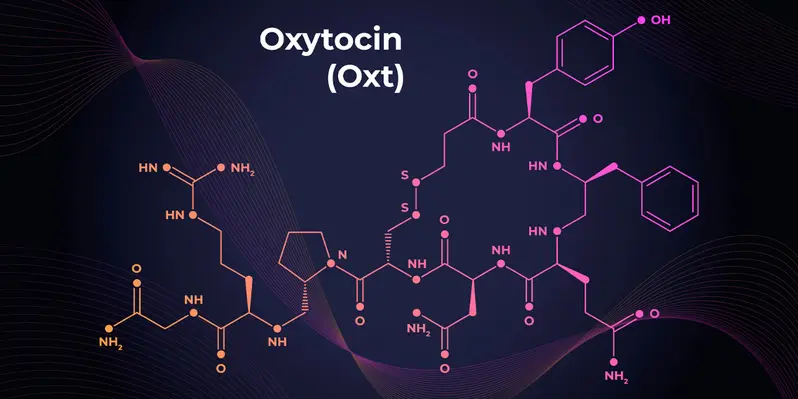T4K3.news
Doctors discover hormonal connection in rare sexual disorder
A 20-year-old woman's puzzling arousal episodes linked to hormonal issues, sparking medical interest.

A young woman's rare sexual disorder highlights a common hormonal issue.
Doctors identify hormone link in woman's puzzling arousal condition
Doctors were puzzled when a 20-year-old woman visited a hospital in China, suffering from episodes of uncontrollable orgasms multiple times each day. The condition severely disrupted her social and work life while leaving her in emotional distress. Despite various treatments, including antidepressants, her symptoms persisted until she was diagnosed with persistent genital arousal disorder (PGAD). The condition, affecting mainly women, is often misunderstood and thought to stem from nerve misfiring. A course of antipsychotics significantly improved her condition, although stopping the medication caused a return of symptoms. The complexities surrounding PGAD make diagnosis and treatment challenging, as it remains underreported and underdiagnosed.
Key Takeaways
"This rare condition can severely impact quality of life, yet many may suffer in silence."
Highlighting the lack of awareness around PGAD and its effects on individuals' lives.
"A misfiring of nerve connections is believed to trigger PGAD symptoms."
Describing the underlying mechanisms thought to cause this complex disorder.
"Medical case studies play a vital role in providing evidence for widely misunderstood disorders."
Emphasizing the importance of individual cases in advancing medical understanding.
The case of this young woman underscores both the intricacies and misunderstandings surrounding PGAD. This rare condition can severely impact quality of life, yet many may suffer in silence due to its stigma and lack of awareness. The hormonal aspect adds another layer of complexity, as treatments targeting dopamine show promising results. However, reliance on medication raises further questions about long-term management. As awareness of this condition increases, medical professionals must improve diagnostic methods to identify PGAD more effectively and offer appropriate support.
Highlights
- Medical case studies can pave the way for breakthroughs in understanding PGAD.
- Hormonal misfires reveal a new dimension to persistent genital arousal disorder.
- Patients deserve better awareness and strategies for managing PGAD symptoms.
- Dopamine inhibitors show promise in dampening abnormal sexual sensations.
Potential public backlash over treatment methods
The reliance on antipsychotic medication for treating PGAD may raise concerns about ethics and long-term effects. Increased awareness could lead to public discussions on appropriate treatments and patient support.
Further research and awareness are key to better understanding PGAD.
Enjoyed this? Let your friends know!
Related News

Mother identifies rare genetic disorder through global community

IUD migrates to bladder after perforation

Study links dopamine imbalance to persistent arousal disorder

New study shows couples' oxytocin levels align after sex

Investigation reveals severe side effects of Ropinirole

Revealing unethical medical experiments

Family faces horror after hotel buffet meal in Gran Canaria

Cleo Lambert credits TikTok for lifesaving cancer diagnosis
